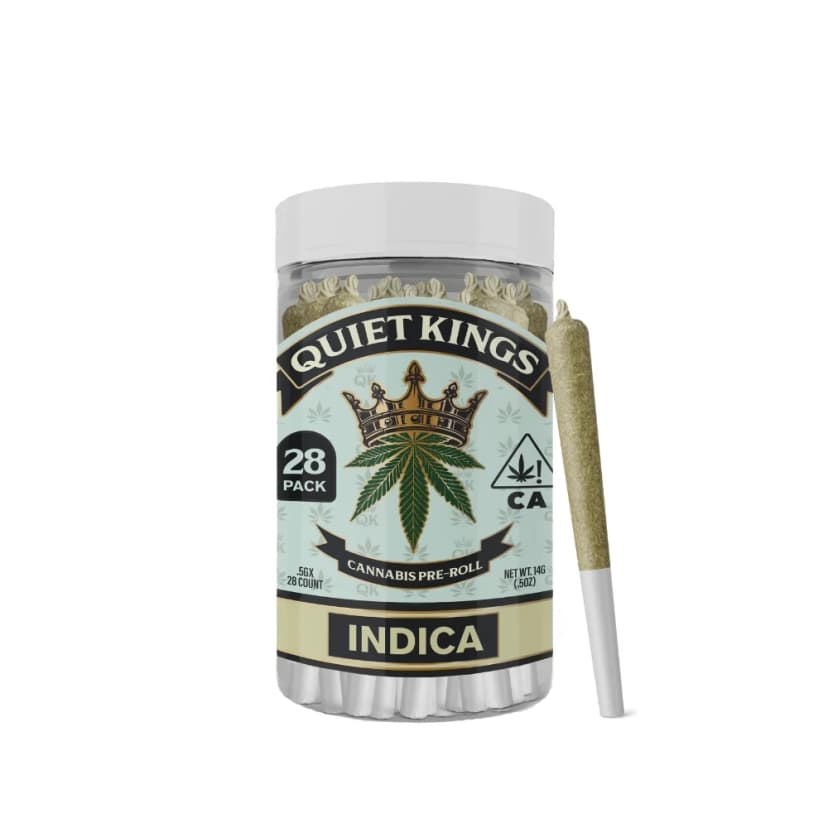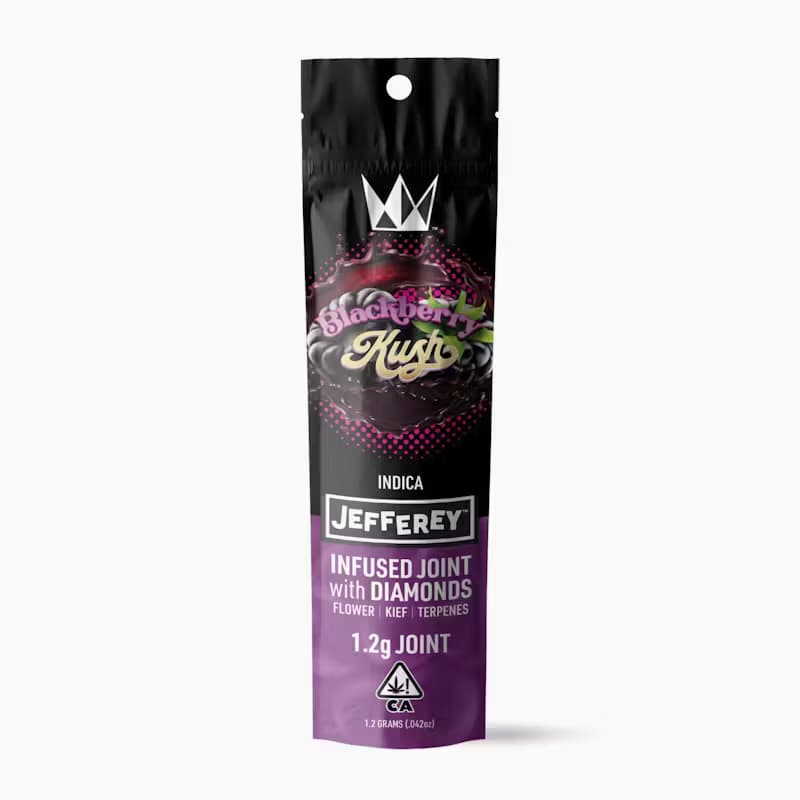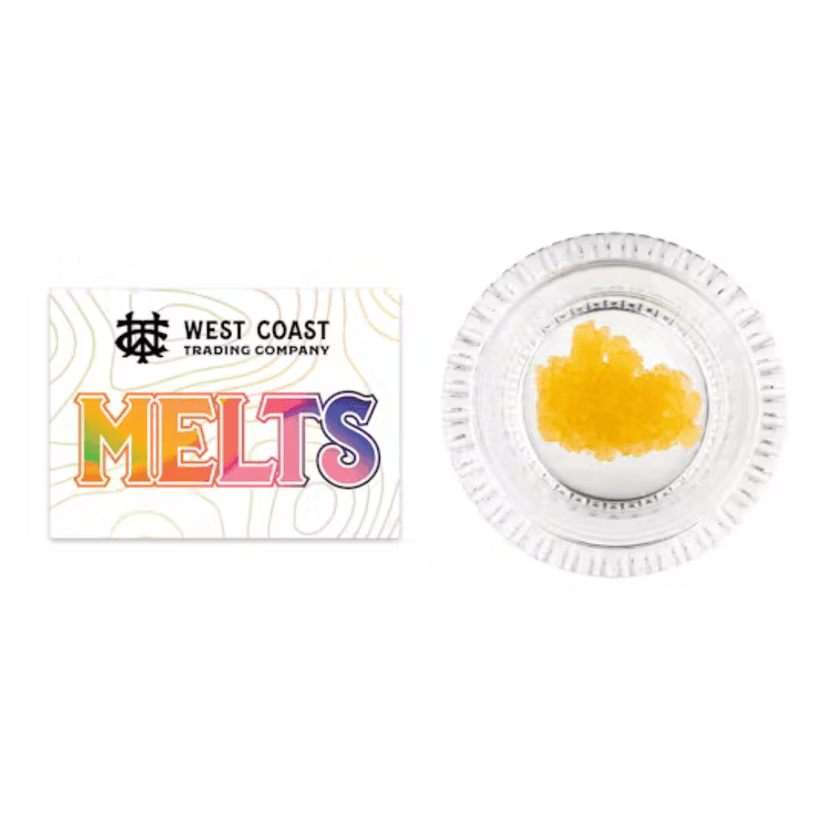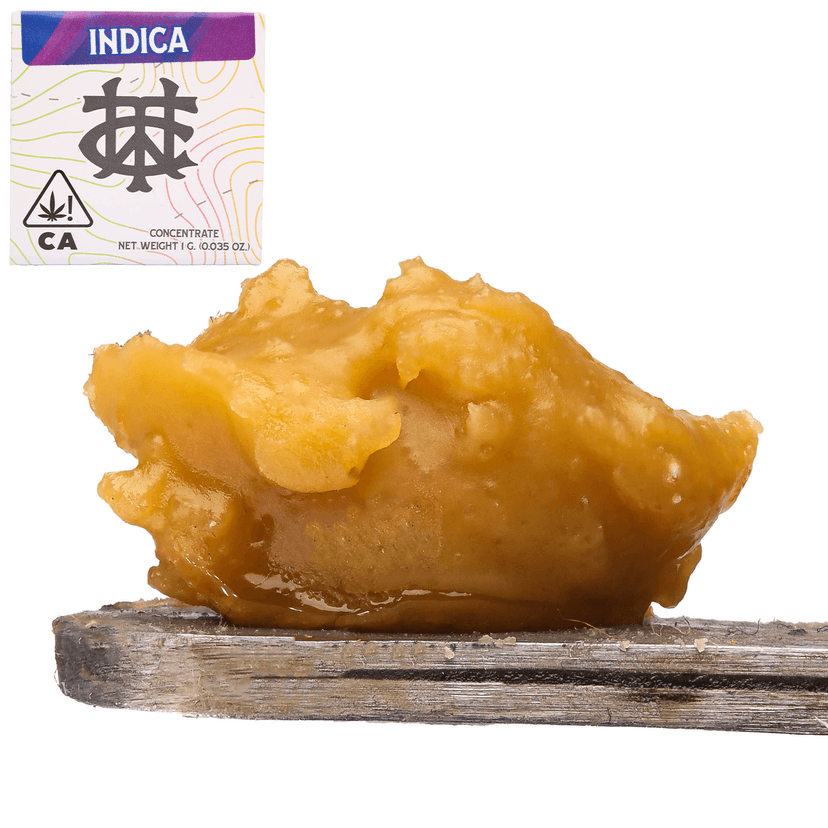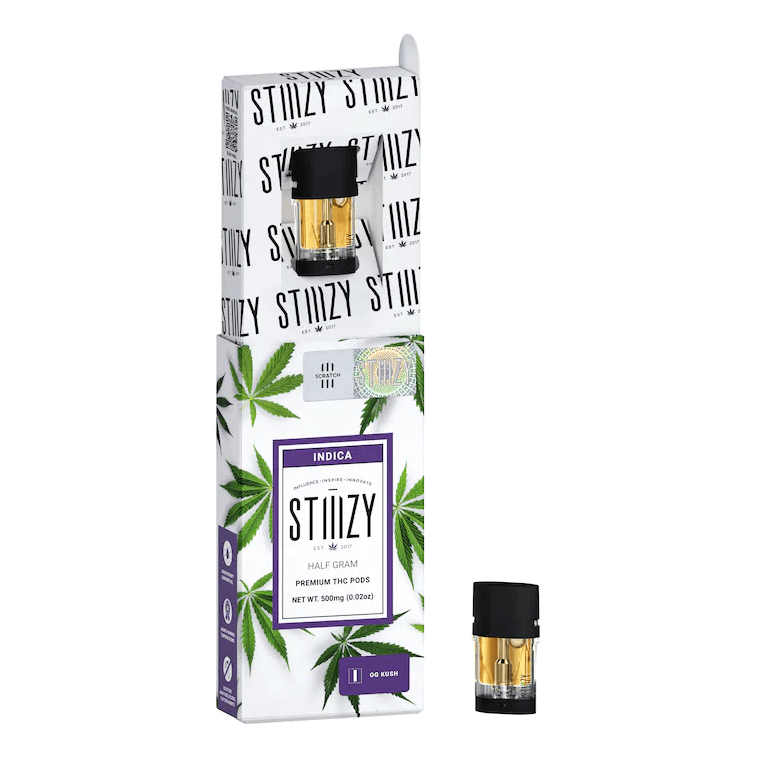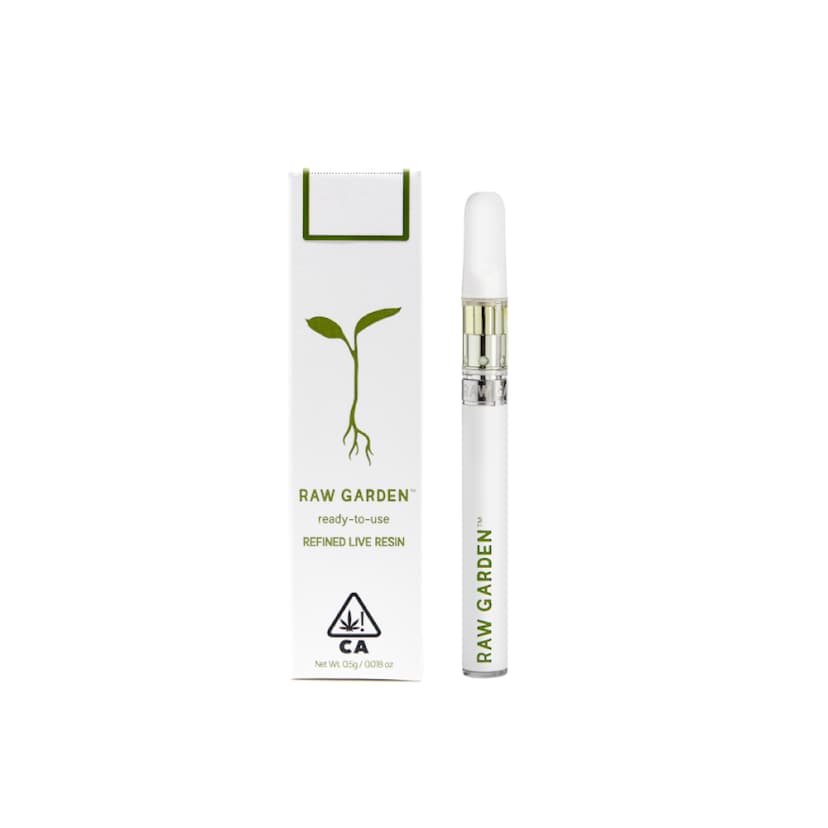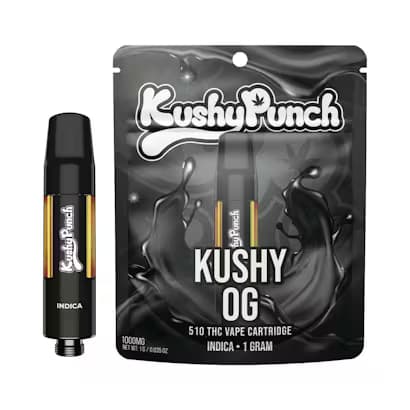Top reported effects
Top reported flavors
products near you
Let's talk about a rock star of the weed world, the legend itself - Purple Kush. This pure indica strain, born and bred in Oakland, California, is the lovechild of two South-Central Asian strains, Hindu Kush (from the Hindu Kush Mountains) and Purple Afghani.
As a Kush landrace strain, Purple Kush has been playing the field and winning hearts since the 2000s, turning heads with its eye-catching purple foliage and notable berry, grape aroma.
In this guide, we'll cover everything from the history behind Purple Kush plants, to the effects and flavor profile. We'll even touch on a few frequently asked questions. So, whether you're a newbie or a seasoned pro, we've got something for you.
Let's begin!
What is the THC Percentage of Purple Kush Strain?
Purple Kush is famous for its strong effects, mainly because of its high THC content. On average, this strain has an impressive THC percentage of around 17-22%.
However, some phenotypes of Purple Kush can reach THC levels as high as 27%! This makes Purple Kush a great choice for both recreational and medicinal cannabis users who want a powerful, relaxing, and euphoric experience.
What is the CBD Percentage of Purple Kush Strain?
Compared to its high THC content, Purple Kush has a relatively low level of CBD. On average, the CBD content in Purple Kush is less than 1%, often hovering around 0.10%.
Now, we know what you're thinking. While this may seem insignificant, it is a common characteristic of many high-THC strains. Despite the low CBD content, Purple Kush is still highly regarded for its potential therapeutic benefits, thanks to the presence of other cannabinoids and terpenes.
What Terpenes Are Found in Purple Kush Strain?
Purple Kush has a wide range of aromatic terpenes that add to its distinctive smell and potential therapeutic perks. Let's check out the main terpenes found in Purple Kush:
- Beta-Caryophyllene: This peppery, spicy terpene is believed to have anti-inflammatory properties.
- Linalool: Present in lavender, linalool lends a floral note and may have calming, relaxing effects.
- Humulene: This terpene, common in cloves and basil, has a hoppy aroma and may have anti-inflammatory benefits.
- Pinene: As the name implies, pinene has a pine-like aroma and may help with memory and alertness.
- Myrcene: This is the most common cannabis terpene with earthy notes, often associated with the 'couch-lock' effect commonly experienced in Indica strains like Purple Kush.

